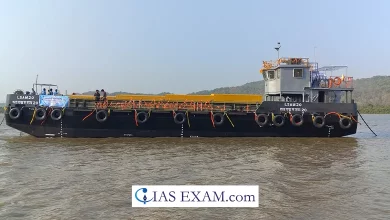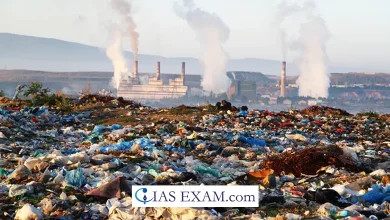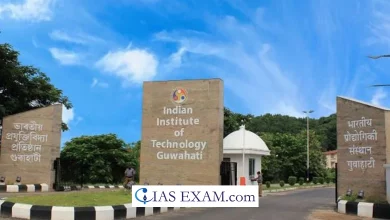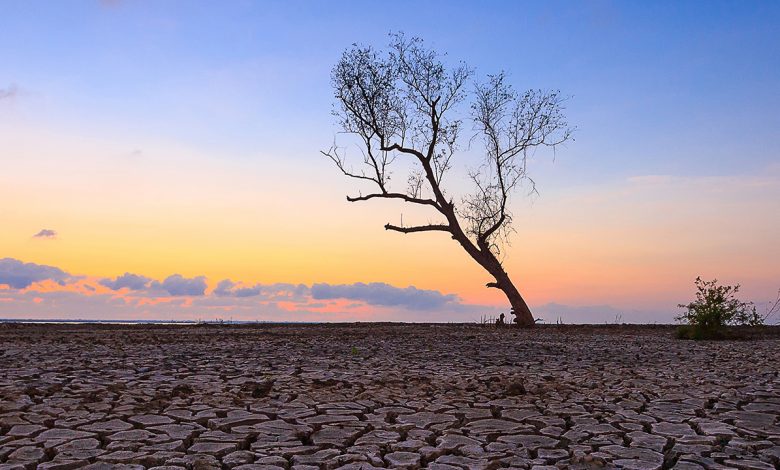
Context– Based on observations and climate projections, the Team from IIT Gandhinagar studied the hydroclimatic changes in the catchment areas and their implications for hydropower generation in 46 major dams situated in the north, central, and south India.
Key Highlights of Hydroclimatic Changes
- A warmer and wetter climate is projected to bring about 5%-33% more rainfall. As a result, hydropower production is likely to grow by 9%-36% for most dams and this will come from increased inflow (7-70%) into the dams.
- Both north and central India are projected to receive a higher growth in precipitation than south India.
- The increased precipitation will also alter the inflow to the dams more in north and central India than in south India and also hydropower generation
- Because of global warming, there will be a simultaneous rise in extreme inflow and high reservoir storage conditions for most dams.
- This translates into a higher generation of hydroelectric power, which is good; but on the flip side, it poses challenges to reservoir management and also the likelihood of dam breaks.
Hydropower
- Hydropower or hydroelectric power is a renewable source of energy which generates power by using a dam or diversion structure to alter the natural flow of a river or other body of water.
- Hydropower is often considered green energy as it generates electricity from the natural flow of water without releasing any emissions of pollutants.
- However it does not rely on fossil fuels.
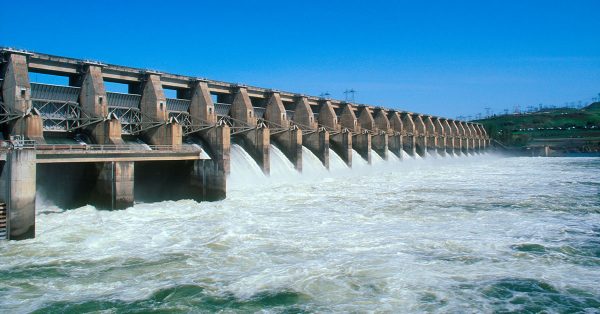
Potential
- The Himalayas are a major water source for most of South Asia.
- Almost all countries in the region, including India, China, Nepal, Bhutan, and Pakistan, have built or are planning to build hydropower projects in the Himalayas.
- In India, the government has also identified hydropower as a key renewable energy source.
- Several hydropower projects are under construction or in the planning stages in the Indian Himalayas, including the Subansiri Lower Hydroelectric Project in Arunachal Pradesh and the Teesta Low Dam Hydroelectric Project in Sikkim.
- Based on selected hydroelectric dams, the projected growth in hydropower potential in India is 10-23%.
Challenges and Concerns
- The building and maintenance of huge hydroelectric dams can also have a significant environmental impact.
- The construction of dams can disrupt the flow of rivers, leading to changes in water temperature and also its chemistry.
- It can cause erosion, landslides, and sedimentation which can have a negative impact on the local environment.
- Dams also disrupt the migration patterns of fish and other aquatic species and impact the local wildlife, particularly when the dam’s construction leads to habitat loss.
- Large-scale hydroelectric dams displace local communities, affecting their livelihoods and cultural heritage and impacting the overall well-being of the local population.
- Climate change has driven erratic weather patterns such as increased snowfall and rainfall.
- Such changing phenomena made infrastructure projects in the Himalayan regions risky.
Other Options
- Micro hydro is a small-scale hydroelectric power generation system which typically generates up to 100 kilowatts (kW) of electricity.
- These systems use the energy of falling water to turn a turbine that, in turn, generates electricity.
- They can be used for several applications, including powering homes, businesses, and small communities
- Micro hydro systems are typically less expensive to build and maintain as compared to large hydroelectric dams and have a smaller environmental footprint.
- They can be located even in inaccessible areas where it is quite difficult to transmit electricity from larger power stations, and they can provide a reliable source of energy to communities that are not connected to the grid
- Micro hydro systems can also be tailored to minimise the ecosystem’s negative impact and provide sustainable energy solutions.
- However, it’s crucial to note that even micro-hydropower projects can have some impact on the environment and local communities.
Conclusion and Suggestion
- The good news is that global warming can lead to more hydropower generation in India, but the bad news is the adverse impact on dam health.
- The government should consider changes occurring due to climate change while planning new hydropower projects.
- Reservoir operations must be strengthened through reliable weather and inflow forecasts to maintain storage that can accommodate high inflow due to extreme rainfall.
- India may have to change reservoir rule curves on how much storage must be permitted at different times during the monsoon season to prevent flood-like situations from the sudden release of water from reservoirs.
- A detailed assessment must be carried out to evaluate the potential impact before proceeding with the project.
Notes
- India stands 4th worldwide in Renewable Energy Installed Capacity (including Large Hydro), 4th in Wind Power capacity & 4th in Solar Power capacity (as per REN21 Renewables 2022 Global Status Report).
- India ranked among the top five in the Global Climate Change Performance Index and has reached the 2030 target of ensuring 40% installed capacity in non-fossil sources by 2021.
- The current capacity of non-fossil sources stands at 42%.
UPSC Civil Services Examination, Previous Year Question
Consider the following statements
1. Under Ramsar Convention, it is mandatory on the part of the Government of India to protect and conserve all the wetlands in the territory of India.
2. The Wetlands (Conservation and Management) Rules, 2010 were framed by the Government of India based on the recommendations of Ramsar Convention.
3. The Wetlands (Conservation and Management) Rules, 2010 also encompass the drainage area or catchment regions of the wetlands as determined by the authority.
Which of the statements given above is/ are correct?
(a) 1 and 2 only
(b) 2 and 3 only
(c) 3 only
(d) 1, 2 and 3
Answer – B





.png)
